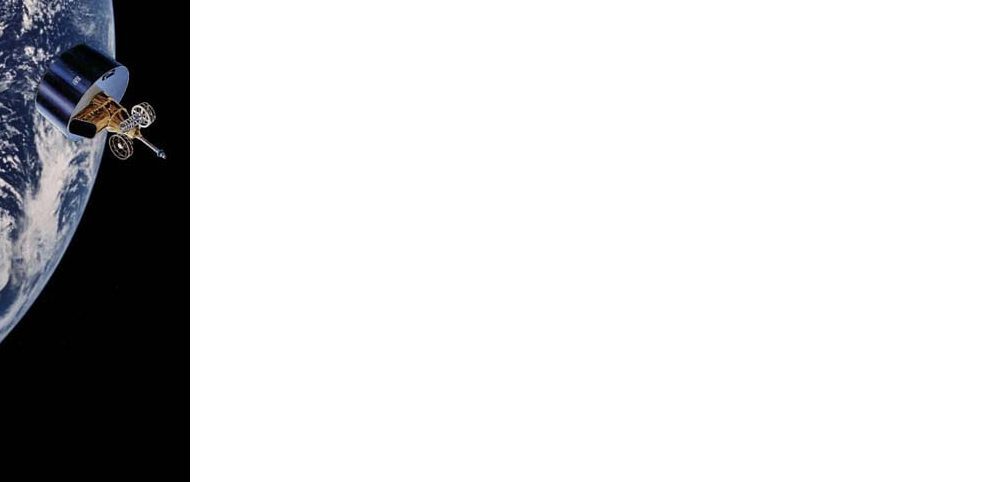
Japan's Geostationary Meteorological Satellite (GMS) system was originally
developed by NASDA relying heavily on the US
GOES design and is now jointly run by NASDA and the Japan Meteorological
Agency. The American firm of Hughes is the
prime contractor, working for Japan's NEC Corporation. Four GMS spacecraft
have been launched since 1977, the last in
September, 1989. GMS-3 (August, 1984) is available for backup operations
at 120 degrees E, while GMS-4 is located in the
primary position at 140 degrees E. As with all national satellites,
GMS spacecraft are also known by a specific Japanese name,
in this case, Himawari, meaning "sunflower." GMS-5, the final satellite
in the series, is scheduled for launch by the H-II booster
in 1995.
GMS-4 is a spin-stabilized (100 rpm) spacecraft with an on-orbit mass
of approximately 325 kg, a diameter of 2.1 m and a
height (after apogee kick motor separation) of 3.4 m (Figure 4.69).
Solar cells applied to the exterior of the spacecraft bus
generate up to 300 W. and the overall design life is five years. Hydrazine
thrusters maintain the desired geostationary position
and counteract perturbations attempting to alter the vehicle's inclination.
